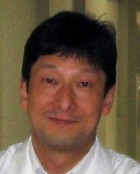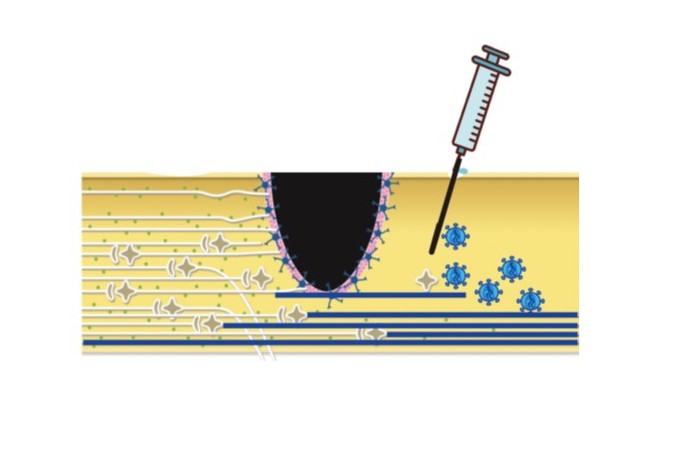Kosei Takeuchi (Aichi Medical University)

“Analysis of re-organization from the spinal cord injury, by using the regulations of glycosaminoglycans and using virus vectors system.”
Many patients with spinal cord injuries (SCIs) suffer severe paralysis. Injured adult neurons in the mammalian CNS rarely regenerate, because some of the intracellular and cell-surface environmental factors inhibit axon regrowth. Chondroitin sulfate (CS), a glycosaminoglycan (GAG), is the most abundant and potent exogenous inhibitor of axonal regeneration and CS degradation induces some of the axonal regrowth following SCI by treatment of chondroitinase ABC (ChABC). We generated null (KO) mice of CS N-acetylgalactosaminyltransferase-1 (CSGalNAcT1), a key enzyme in CS biosynthesis (Watanabe, Takeuchi et al., Biochem J 432: 47). Here, we show that KO mice recovered much faster and more completely from induced SCI than do wild-type mice and even ChABC treatment mice (Takeuchi K., et al, Nature Communication 4 : 2740 (2013)). Following SCI, KO mice showed smaller areas of glial and fibrotic scars and exhibited many more regenerated axon terminals. Additionally, synthesis of another type of GAG, heparan sulfate (HS), was up-regulated extraordinarily at the injury sites only in KO mice. Taken together, our results indicated that CSGalNAcT1 influenced the extraordinary recovery from SCI by modulating the balance of synthesis of CS and HS, and that CSGalNAcT1 is a promising best therapeutic target for treatment of the neural damage. We try to promote the therapeutic methods to cure the injuries of central nervous system, from the viewpoints that the new trial to regulate the expressions of glycosaminoglycans as the circumstances of the neuron. From these projects, we aim to show the mechanisms of re-organization following the neural circuit injury, by using new techniques to manipulate the glycosaminoglycans as neural circumstances and environments.

Analysis of the re-organizing neuronal circuits from the spinal cord injury, by using the virus tracing system.
Recent Publications
1. Takeuchi K., Yoshioka N., Higa S., Watanabe Y., Miyata S., Wada Y., Kudo C., Okada M.., Ohko K., Oda K., Sato T., Yokoyama M., Matsushita N., Nakamura M., Okano H., Sakimura K., Kawano H., Kitagawa H. and Igarashi M. (2013) Chondroitin sulphate N-acetylgalactosaminyltransferase-1 inhibits recovery from neural injury. Nature Communication 4 : 2740 (2013)
2. Okamoto M., Namba T., Shinoda T., Kondo T., Watanabe T., Inoue Y., Takeuchi K., Enomono Y.,Ota K., Oda K., Wada Y., Sagou K., Saito K., Sakakibara A., Kawaguchi A., Nakajima K., Fujimori T., Ueda M., Hayashi S., Kaibuchi K. and Miyata T. (2013) TAG-1-assisted progenitor elongation streamlines nuclear migration to optimize subapical crowding. Nature Neuroscience 16 : 1556-1566
3. Namba T., Kibe Y., Funahashi Y., Nakamuta S., Takano T., Ueno T., Shimada A., Kozawa S., Okamoto M., Shimoda Y., Oda K., Wada Y., Masuda T., Sakakibara A., Igarashi M., Miyata T., Faivre-Sarrailh C., Takeuchi K. and Kaibuchi K. (2014) Pioneering Axons Regulate Neuronal Polarization in the Developing Cerebral Cortex. Neuron 81: 814-829
Posted:2016/03/10
